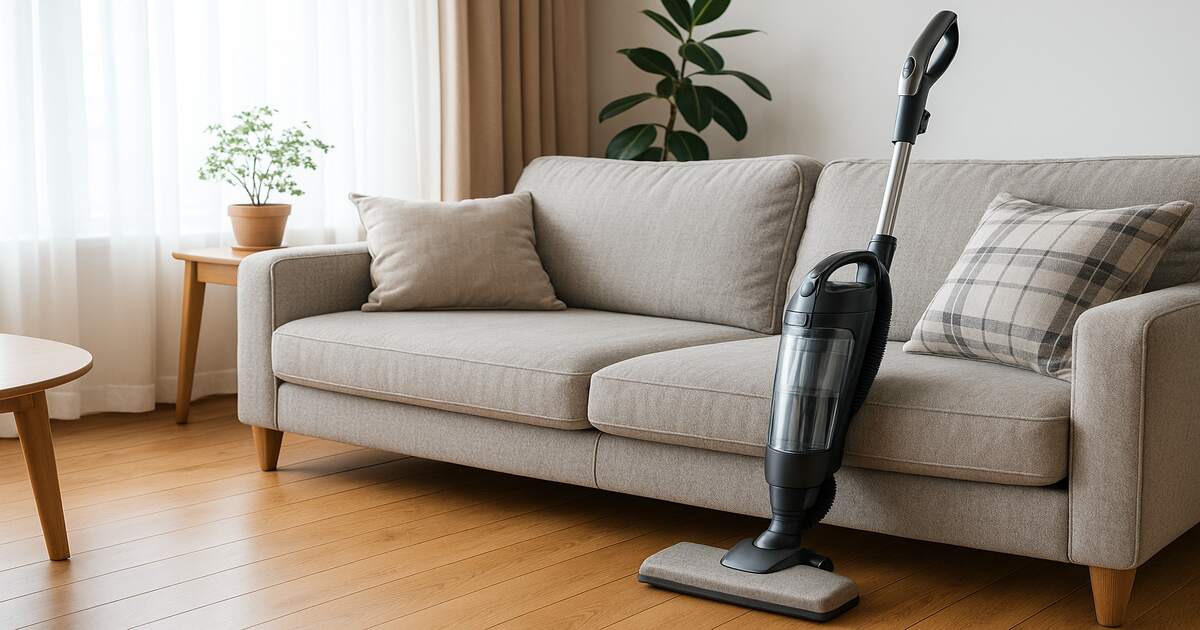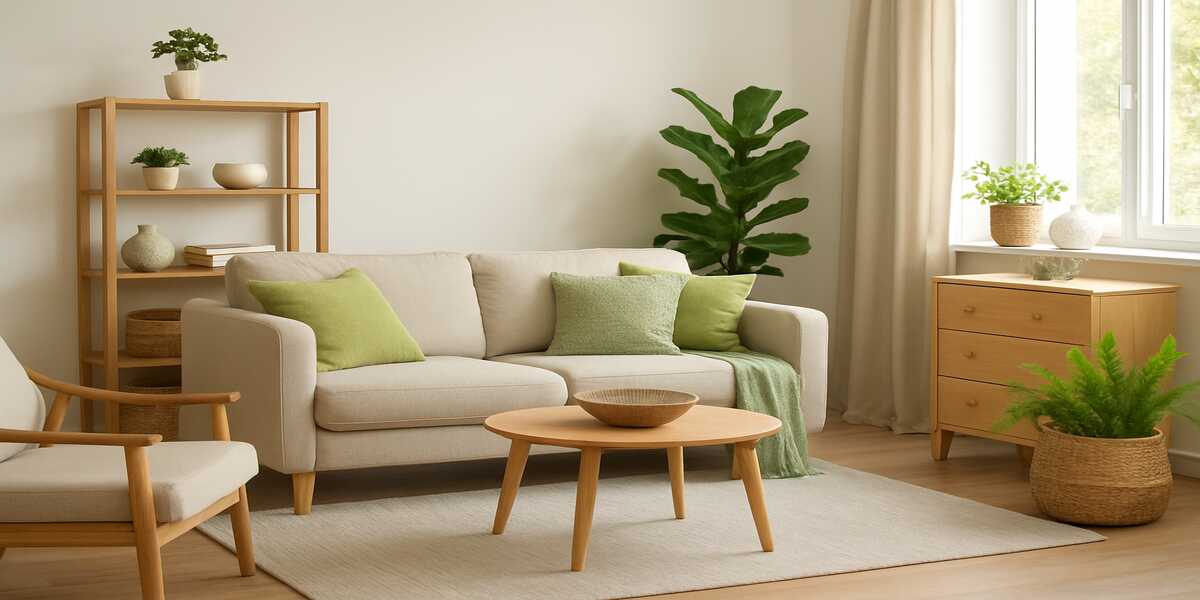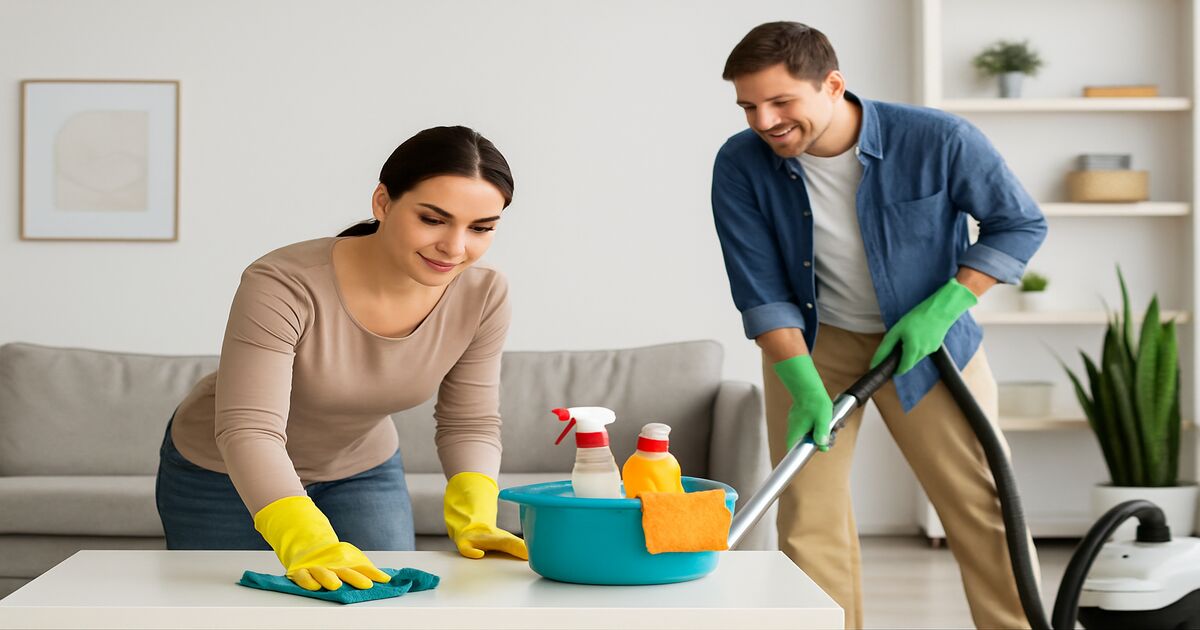
Clean Your Upholstery Furniture: 7 Must-Know Tips
Has the sofa turned homely, and does it look dull? Which tips will make sure the armchair you love to use can shine just like the one in the showroom? How many times have you sat on a couch only to realise that you are way dirtier after sitting on it than off it? Even if these questions are relatable to you, worry not because you are not alone. Most of us tend to forget about furniture that is often the most used in our house, the upholstered furniture.
With upholstered furniture, most of us eat, nap on or let the pet lie on it when they need a break from everyday life. In such cases, we tend to forget about cleaning and just do minimal cleaning, like letting the vacuum run over it for some time. Don’t worry if you are one of those who forgot about washing and cleaning, because you’ll now learn how to renew it. 7 Tips for cleaning upholstery will ensure that you can make your furniture appear like new.
1. Know Your Upholstery Fabric
Knowing the type of fabric your upholstery has is critical before cleaning anything, as per bond cleaning in brisbane. All furniture has a tag, often located underneath the cushions or on the side of the frame, that has cleaning codes, which are important. These may say “W,” “S,” “WS,” or “X.” Each code represents a different method of cleaning. For example, “W” means a water-based cleaner is suitable, while “S” only indicates the use of solvent-based cleaners. “WS” means either water or solvent may be used, and “X” means strict vacuuming or professional cleaning only. If done correctly, your upholstery will not suffer from shrinkage, discolouration, or damage due to the wrong products.
2. Proper Vacuuming and Maintaining a Vacuuming Routine
Even though it is a no-brainer, we often overlook vacuuming. Saving the furniture from excessive wear and tear over time can be achieved by preventing pet hair, dust, and dirt from settling deep within the fabric through Regular vacuuming. Remember to use the upholstery attachment of the vacuum to tackle the spaces beneath the cushions, seams and little spaces. This is extra necessary for frequently used furniture or upholstery that receives daily use. When vacuuming, be sure to lift and rotate the cushions; this prevents missing hidden spots and assists in preserving the clean shape and clean lines of your furniture.
3. React Swiftly to Spills
What is the primary rule when preventing a stain? Avoid delay. As with permanent marks, spills should be handled before they become permanent. When something like this happens, cover the area with a clean towel and blot it dry. Do not rub, as that can push the stain deep into the carpet. Water-based spills can be lifted with a cold cloth. Oily spills can be absorbed using baking soda, which will make it easier to vacuum up that mess afterwards. Always remember to use any method on a hidden part of the fabric first to confirm it will not damage the material or change the colour.
4. Customise Your Gentle Cleaner
To achieve results, you don’t therefore have to spend your money into expensive products. Upholstery can be cleaned with gentler cleaners made from a host of other household ingredients. Homemade cleaners for fabrics that can be washed with water (labelled “W”) include a cup of warm water and one tablespoon each of dish soap and white vinegar. This solution should be put in a spray bottle, and just a light mist should be used to wet the targeted spot. A soft-bristle brush can be applied if additional cleaning is needed. Then use a towel to blot out excess water and let it air dry. Never use acidic cleaning solutions (such as lemon juice) or bleach chemicals (such as hydrogen peroxide) on cloth unless you know for sure that it will not harm it.
For additional safety tips on home cleaning methods, refer to the official Australian government health guidelines.
5. Revive by Steam Cleaning
Steam cleaning can be remarkably effective to get rid of stuck dirt and allergens, provided the fabric can withstand the process. Besides cleaning dirt, steam cleaning also disinfects your furniture, which is good for families with children, pets, or heavy traffic. With a handheld steam cleaner that has an upholstery head, start on areas that are less noticeable first. Take care to avoid flooding the fabric. This method relies on steam-free drying time, so too much dampness can lead to shrinkage or the growth of mould, making careful drying time and moderation essential.
6. Remove Smell Using Natural Ingredients
The grime almost certainly acts as the perfect incubator for all lingering odours that can find their way into a room, thereby making it feel inappropriate for hospitality purposes. Deep cleanings are necessary from time to time for the furniture to make the place more comfortable. However, a much easier way would be to go with baking soda. The powder could be liberally sprinkled on the furniture. To achieve the best results, allow the dust to sit for about 20 minutes to let whatever smells are left be absorbed by the powder. If nothing is placed on the furniture, it is far better to leave the baking soda on overnight. Afterwards, the baking soda can be vacuumed. The baking soda can then be vacuumed. Even a few drops of essential oils, like eucalyptus or lavender, can be added. For individuals who would rather deodorise the space without using chemicals, this is fantastic.
7. Prevent Future Messes
It is wise to take precautions and think of ways to protect your upholstery once it’s clean and neat. Make sure to check for fabric protectant spray safety before using it, but one that repels water and stains can be used. Washable throws or covers can be placed on high-use areas, as these help to protect the original fabric and can be easily tossed in the laundry when needed. If your cushions are reversible, routinely rotating them to encourage even wear is helpful. In case your sofa is shared with pets, providing a blanket or cover restricts fur and dirt buildup. These simple practices can greatly reduce the amount of effort needed to sustain a maintained polish.
Conclusion
Overwhelming shouldn’t be the case when it comes to upholstery cleaning. By applying the right methods and a bit of regular maintenance, any piece of furniture in your home can look, feel, and smell great daily. Learning the type of fabric, how to respond to spills, and which cleaning solution to use will all aid in restoring the furniture’s polish alongside the seven tips presented.
Maintaining your upholstery properly increases comfort, enhances health, and presents a polished living space. Go treat your sofa and your guests (and vision) will be grateful.
Also learn about Which dusting methods are best for people with allergies?



